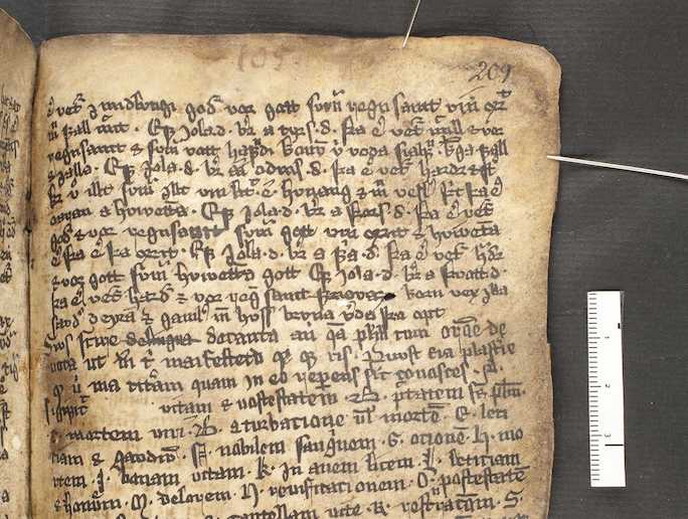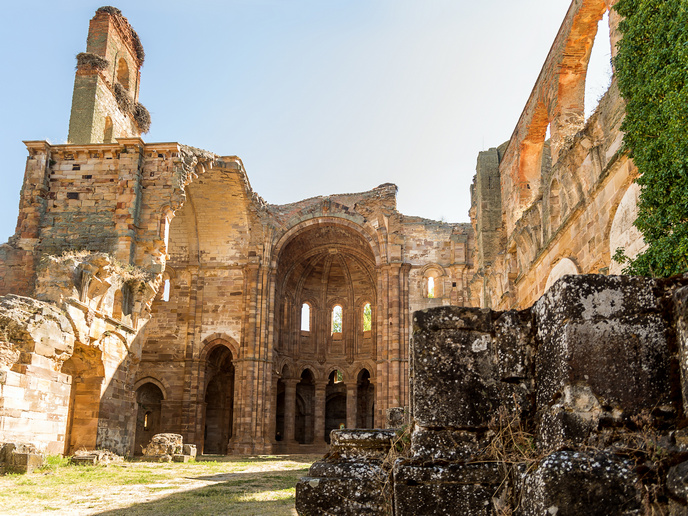The emergence of Europe after the collapse of the Roman Empire
For over a century, the academic community have debated the question of how Europe emerged from the collapse of the Roman state in the West. A common model used to answer this is that Europe was a top-down organised society, where post-Roman economic development resulted from the initiatives and the demands of the elite. However, in this model, the role of the rural population was not adequately considered. Addressing this is the EU-funded Rural Riches(opens in new window) project. “We fundamentally questioned that model, as it is one-sided. We aimed to analyse the importance of the rural population as consumers with access to global trade networks to the post-Roman economic development in northwestern Europe,” explains Frans Theuws, project coordinator. To do this, the project used an alternative model – a bottom-up organised society – in which the agency of subaltern groups (the rural population, crafts people) is crucial. Rural Riches focused on northern Gaul(opens in new window).
Providing a different view on early medieval Europe
“In the project, we hoped to contribute to nothing less than a paradigm shift in early mediaeval studies,” outlines Theuws. Working towards this goal, the project added another model of social organisation to the front of scholarly debate. It is neither hierarchical, nor egalitarian but explains the relatively flat social differentiation: heterarchy. “The concept had already been developed in Anglophone archaeological studies, but hardly applied to the continent,” adds Theuws. Rural Riches also showed how much exotic wealth was available to the rural population. “We inventoried and mapped the availability of precious metals in the form of gold coins, silver and gold brooches, glass vessels, exotic beads from India, Ceylon and the eastern Mediterranean. We also checked on, the basis of texts, the presence of controlling elites in northern Gaul and the whereabouts of Merovingian kings,” highlights Theuws. The project further analysed the development of burial rites in the sixth century to evaluate the growing demand for goods because of changes in the ritual repertoires, which trigger rural demand as well as the availability of beads from the Baltic (amber), the Mediterranean and beyond from India and Ceylon. “These aspects will be published in 2023 and the first half of 2024 in the form of dissertations and articles. Moreover, the project contributed to the publication of key sites such as the riverine settlement of Oegstgeest, intimately connected to a highly international exchange system, and the palaeochristian Saint-Servatius complex in Maastricht,” reports Theuws. The project also created a database(opens in new window) of early medieval sites and their material culture in northern Gaul(opens in new window). “It is the first time such a transnational overview of the incredibly rich material is available. In the coming year we will make this database ever more available online,” adds Theuws.
Internationally oriented research effort
“We sincerely hope to be able to put the rural population of early medieval Europe on the map,” concludes Theuws. This project is the start of an even more internationally oriented research effort. Its points of departure, the results, the database and the publications so far have aroused a lot of international interest, to such an extent that scholars from the Netherlands, Czech Republic, Belgium, France, Italy and Sweden joined forces to look for possibilities to carry out such research at a pan-European level.







